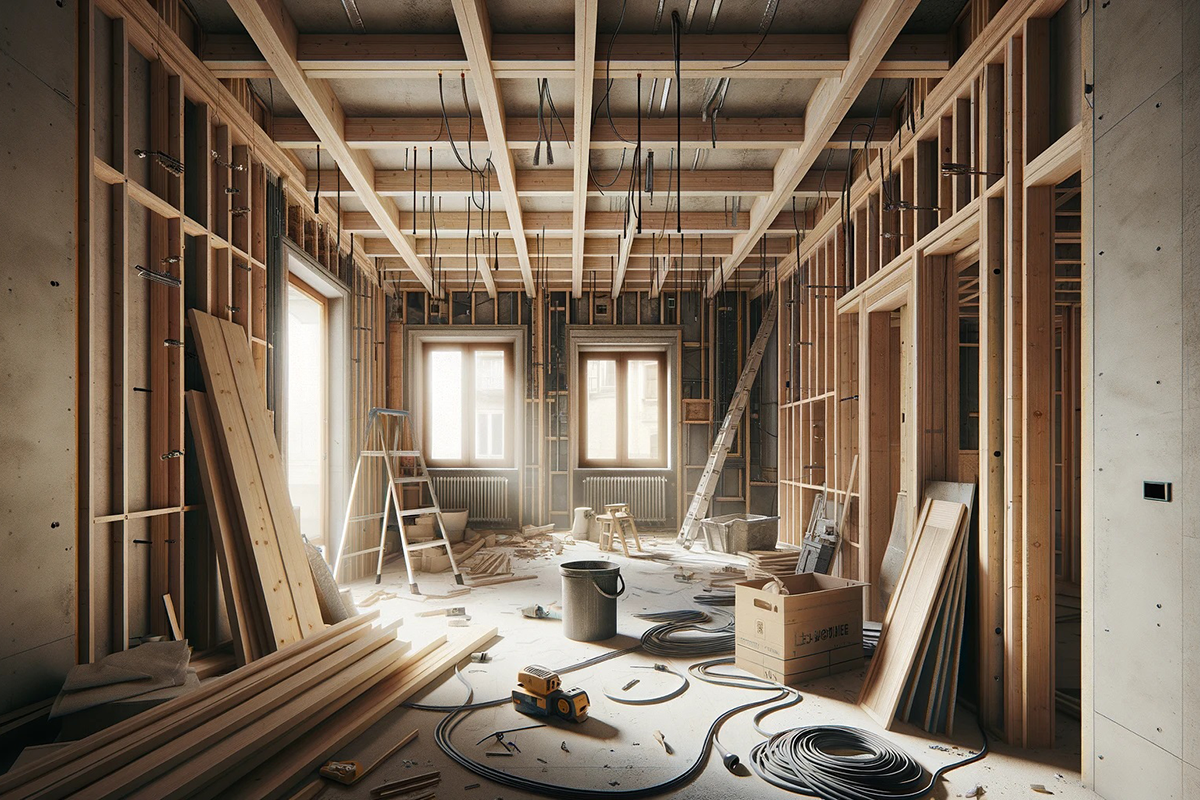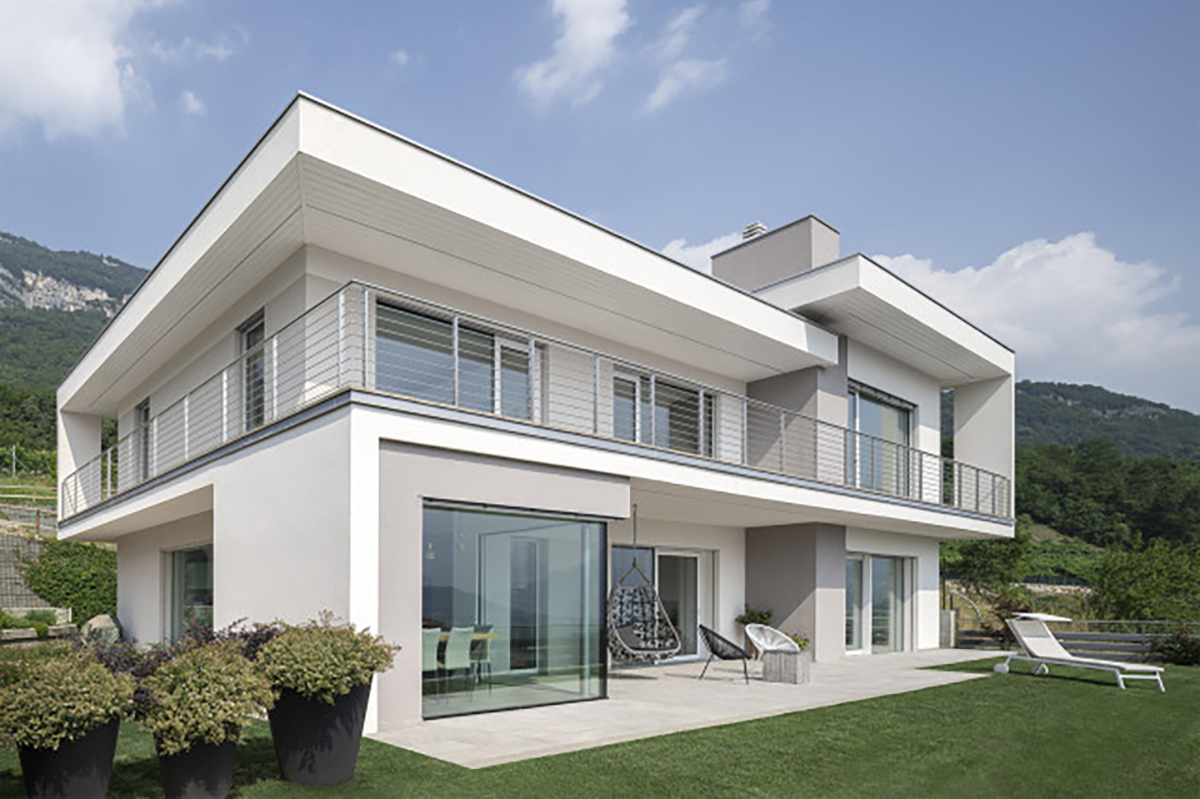News
Interior interventions and building regulations: when a wall doesn´t become an abuse
Discover what the law says about interior renovations: when a CILA is required, what you risk without authorization, and why demolition isn’t always mandatory.
INTRODUCTION
In the world of residential construction, even small projects can raise major questions.
Moving an interior wall or changing the layout of rooms may seem like a simple task, but the law clearly distinguishes between what is allowed and what constitutes a building violation.
A recent ruling by the TAR Lazio (Regional Administrative Court of Lazio) clarified that demolition is not always necessary for works carried out without authorization, especially when they do not affect the structural integrity of the building.
BUILDING AUTHORIZATIONS: HOW TO KNOW WHICH ONE YOU NEED
The D.P.R. 380/2001 (Italian Consolidated Building Act) defines four main types of building authorizations:
• CILA (Certified Notice of Commencement of Works) – for internal modifications that do not affect structural elements;
• SCIA (Certified Notification of Start of Activity) – for more complex works involving structural parts or façades;
• SuperSCIA – an alternative to the Building Permit for interventions governed by approved urban planning instruments;
• Building Permit (PdC) – required for new constructions or transformations that modify volume, shape, or intended use.
There are also works classified as free building activities, for which no authorization is required.
THE TAR LAZIO RULING: THE CASE OF INTERIOR PARTITIONS
The case examined by the TAR Lazio concerned a property where several unauthorized works had been carried out:
mezzanines, verandas, roof openings, and interior modifications.
The Municipality had ordered full demolition, but the owner appealed, arguing that the interior partitions did not alter the load-bearing structure.
The court partially accepted the appeal, distinguishing between structural works, which remain illegal and must be removed, and internal works, such as partitions, which do not affect stability and therefore do not require a building permit.
WHEN CILA IS ENOUGH AND WHAT YOU RISK WITHOUT IT
For the modification of non-load-bearing internal walls, submitting a CILA is sufficient.
If this notification is missing, the law provides for only an administrative fine, not demolition of the work.
The reference is Article 6-bis of D.P.R. 380/2001, which regulates extraordinary maintenance works that have no structural relevance.
This means that, in the case of a simple redistribution of spaces, it is not a serious building offense but rather a formal irregularity that can be remedied by paying a fine.
NOT ALL VIOLATIONS ARE THE SAME
The ruling reaffirms a key principle: the seriousness of a building violation depends on the effects of the intervention.
A project that alters volumes, façades, or structural components requires specific permits;
on the other hand, a non-load-bearing partition wall falls under extraordinary maintenance and can be regularized without demolition.
However, in some cases, partitions may contribute to the overall stability of the property.
In such cases, a technical structural assessment is required to ensure safety and prevent damage to third parties.
A MORE BALANCED APPROACH
The TAR Lazio’s decision marks a step toward greater proportionality in building sanctions.
The goal is to avoid excessive measures for minor irregularities while protecting safety and the legality of the built environment.
Those who carry out minor interior works without authorization should not be treated the same as those who alter structures or expand buildings.
Urban planning law is thus beginning to recognize the difference between a formal error and a substantial violation.
CONCLUSION
In summary, moving a non-load-bearing interior partition does not require a building permit but only a CILA.
If the CILA is not submitted, the result is a fine but not demolition of the work.
This is an important distinction for homeowners, professionals, and local administrations.
Understanding the differences between the various building authorizations helps ensure compliance, avoid disputes, and save both time and money.
The key word is proportionality: apply sanctions where necessary, but avoid punishing too harshly those who simply modify interior spaces.








